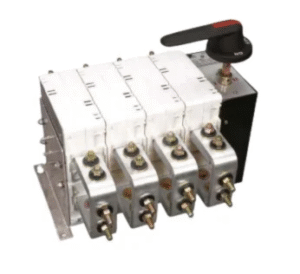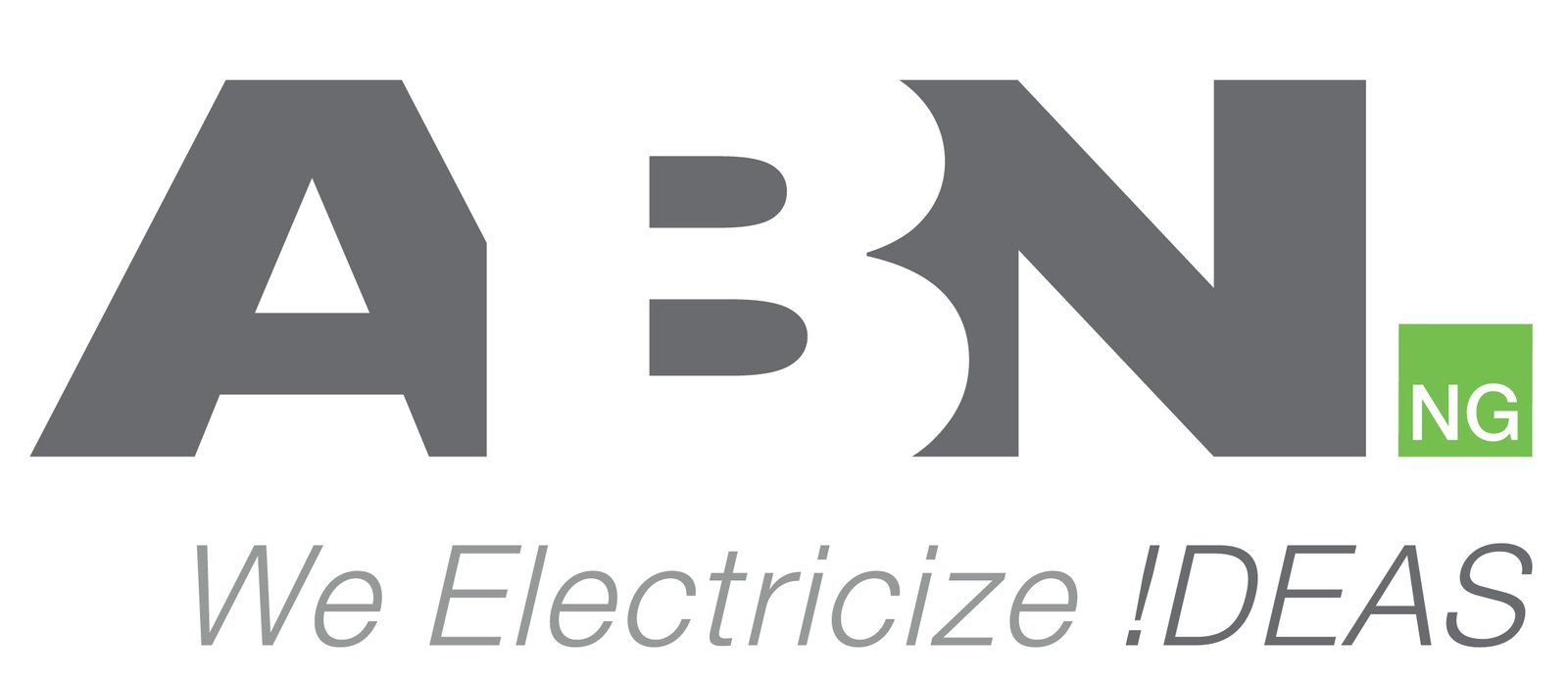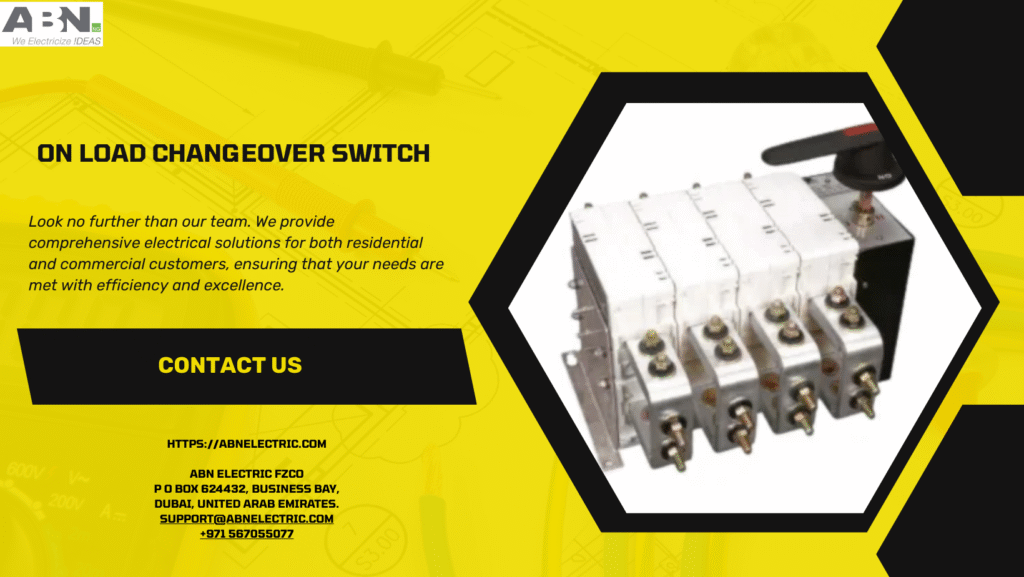The global electrical infrastructure sector is experiencing unprecedented growth, driven by increasing energy demands and the push toward renewable energy integration. At the heart of this transformation lies a critical component that ensures seamless power transitions: the on load changeover switch. This essential electrical device has become indispensable across multiple industries, from data centers to healthcare facilities, where uninterrupted power supply can mean the difference between operational success and costly downtime.
Market analysts project significant expansion in the on load changeover switch sector through 2025, with several key growth drivers reshaping the landscape. Understanding these trends is crucial for manufacturers, distributors, and end-users who need to make informed decisions about electrical infrastructure investments. The convergence of technological advancement, regulatory changes, and evolving consumer demands is creating new opportunities while presenting unique challenges.
This comprehensive market forecast examines the primary growth sectors, emerging technologies, and strategic considerations that will define the on load changeover switch market over the next few years. By analyzing current trends and future projections, stakeholders can better position themselves to capitalize on upcoming opportunities while navigating potential market disruptions.

Understanding On Load Changeover Switch Applications
On load changeover switches serve as the backbone of modern electrical systems, enabling seamless transitions between primary and backup power sources without interrupting the electrical supply. These sophisticated devices operate across voltage ratings from 63A to 3150A without fuse protection, and 125A to 800A with fuse protection, accommodating various industrial and commercial applications.
The technology behind these switches has evolved significantly, incorporating modular construction designs that allow for 3, 4, and 6-pole configurations. This flexibility enables customization for specific power requirements while maintaining the quick make-and-break mechanisms essential for safe operation. Modern switches feature enlarged viewing windows with lens effects, providing operators with clear visibility of contact positions even in low-light conditions.
Key applications span across critical infrastructure sectors where power reliability cannot be compromised. Data centers rely on these switches to maintain server operations during utility outages, while hospitals depend on them for life-support systems. Manufacturing facilities use on load changeover switches to prevent production line shutdowns that could result in significant financial losses and compromised product quality.
Healthcare Sector: A Primary Growth Driver
The healthcare industry represents one of the most significant growth opportunities for on load changeover switch manufacturers through 2025. Hospital construction and renovation projects worldwide are incorporating advanced electrical infrastructure to support increasingly sophisticated medical equipment and digital health technologies.
Modern medical facilities require uninterrupted power supply for critical care units, operating rooms, and life-support systems. Regulatory standards mandate redundant power systems, creating demand for reliable changeover switches that can handle high-capacity loads while ensuring patient safety. The shift toward digitization in healthcare has amplified these requirements, as electronic health records, telemedicine platforms, and advanced diagnostic equipment all depend on consistent electrical supply.
Emergency preparedness initiatives, particularly following recent global health crises, have accelerated healthcare infrastructure investments. Hospitals are upgrading their backup power systems to meet stricter reliability standards, driving demand for high-performance on load changeover switches. The integration of renewable energy sources in healthcare facilities further expands market opportunities, as these installations require sophisticated switching solutions to manage multiple power inputs.
Data Center Expansion Fuels Market Growth
The exponential growth of cloud computing, artificial intelligence, and digital transformation initiatives has created unprecedented demand for data center infrastructure. These facilities consume enormous amounts of electrical power and cannot tolerate even brief interruptions, making reliable changeover switches essential components of their electrical architecture.
Hyperscale data centers, operated by major technology companies, represent particularly lucrative market segments. These facilities often require custom switching solutions with ratings exceeding 1000A, incorporating advanced monitoring capabilities and remote operation features. The modular construction of modern on load changeover switches aligns perfectly with data center requirements for scalable, maintainable electrical infrastructure.
Edge computing deployment is creating additional market opportunities as smaller data centers proliferate closer to end-users. While these facilities may require lower-capacity switching solutions, their sheer numbers contribute significantly to overall market volume. The emphasis on energy efficiency in data center design also drives demand for switches with minimal power losses during operation.
Industrial Manufacturing Modernization
Manufacturing sector modernization presents substantial growth potential for on load changeover switch applications through 2025. Industry 4.0 initiatives are transforming traditional factories into smart manufacturing facilities that rely heavily on automated systems and continuous production processes.
Automotive manufacturing, in particular, has embraced advanced automation technologies that require uninterrupted power supply. Assembly line robots, quality control systems, and inventory management platforms all depend on reliable electrical infrastructure. The transition to electric vehicle production has intensified these requirements, as battery manufacturing processes are especially sensitive to power fluctuations.
Chemical and pharmaceutical manufacturing facilities represent high-value market segments due to their stringent regulatory requirements and process criticality. These industries often specify premium switching solutions with enhanced safety features, corrosion resistance, and compliance with international standards. The trend toward continuous manufacturing processes in pharmaceuticals further increases reliance on dependable changeover switches.
Renewable Energy Integration Challenges and Opportunities
The global transition toward renewable energy sources is creating complex electrical grid management challenges that on load changeover switches help address. Solar and wind power installations require sophisticated switching solutions to manage the intermittent nature of renewable energy generation while maintaining grid stability.
Microgrid development represents a particularly promising growth sector, as communities and industrial facilities seek energy independence and resilience. These distributed energy systems require intelligent changeover switches capable of seamlessly transitioning between renewable generation, energy storage, and grid connection based on real-time conditions.
Energy storage system integration is driving demand for specialized switching solutions that can handle the unique characteristics of battery-based power sources. The rapid charging and discharging cycles of modern energy storage systems require changeover switches with enhanced durability and precise control capabilities.
Emerging Technologies Shaping Market Evolution
Digital transformation is revolutionizing on load changeover switch design and functionality. IoT connectivity enables remote monitoring and predictive maintenance capabilities, reducing operational costs while improving system reliability. Smart switches can communicate operational status, load conditions, and maintenance requirements to centralized management systems.
Arc-resistant construction is becoming increasingly important as safety regulations tighten across various industries. Advanced switching technologies incorporate arc-suppression mechanisms that enhance operator safety while extending equipment lifespan. These features command premium pricing but are essential for high-risk applications.
Compact construction techniques are enabling higher power ratings in smaller form factors, addressing the growing demand for space-efficient electrical infrastructure. Modular designs allow for easy expansion and maintenance while reducing installation complexity and costs.
Regional Market Dynamics
Asia-Pacific markets are experiencing the most rapid growth in on load changeover switch demand, driven by massive infrastructure development projects and industrial expansion. China and India lead this growth, with significant investments in manufacturing facilities, data centers, and renewable energy projects.
North American markets show steady growth patterns, primarily driven by infrastructure modernization and data center construction. The emphasis on grid resilience and renewable energy integration creates opportunities for advanced switching solutions with enhanced monitoring and control capabilities.
European markets focus on energy efficiency and environmental compliance, driving demand for premium switching solutions with minimal environmental impact. Stringent safety regulations and quality standards in European markets often justify higher-specification products with corresponding premium pricing.
Navigating Future Market Opportunities
The on load changeover switch market through 2025 presents significant opportunities across multiple growth sectors, from healthcare modernization to renewable energy integration. Success in this evolving landscape requires understanding the unique requirements of each application while staying ahead of technological trends.
Manufacturers and distributors who invest in advanced switching technologies, particularly those incorporating digital connectivity and enhanced safety features, will be best positioned to capitalize on market growth. The emphasis on customization and modular construction will continue driving product development priorities.
Strategic partnerships between switch manufacturers and system integrators will become increasingly important as customers seek comprehensive solutions rather than individual components. The ability to provide complete electrical infrastructure packages, including design services and ongoing support, will differentiate successful market participants.
Market participants should focus on developing expertise in high-growth sectors while maintaining the flexibility to adapt to changing customer requirements. The convergence of traditional electrical infrastructure with digital technologies will create new opportunities for those prepared to embrace this transformation.

